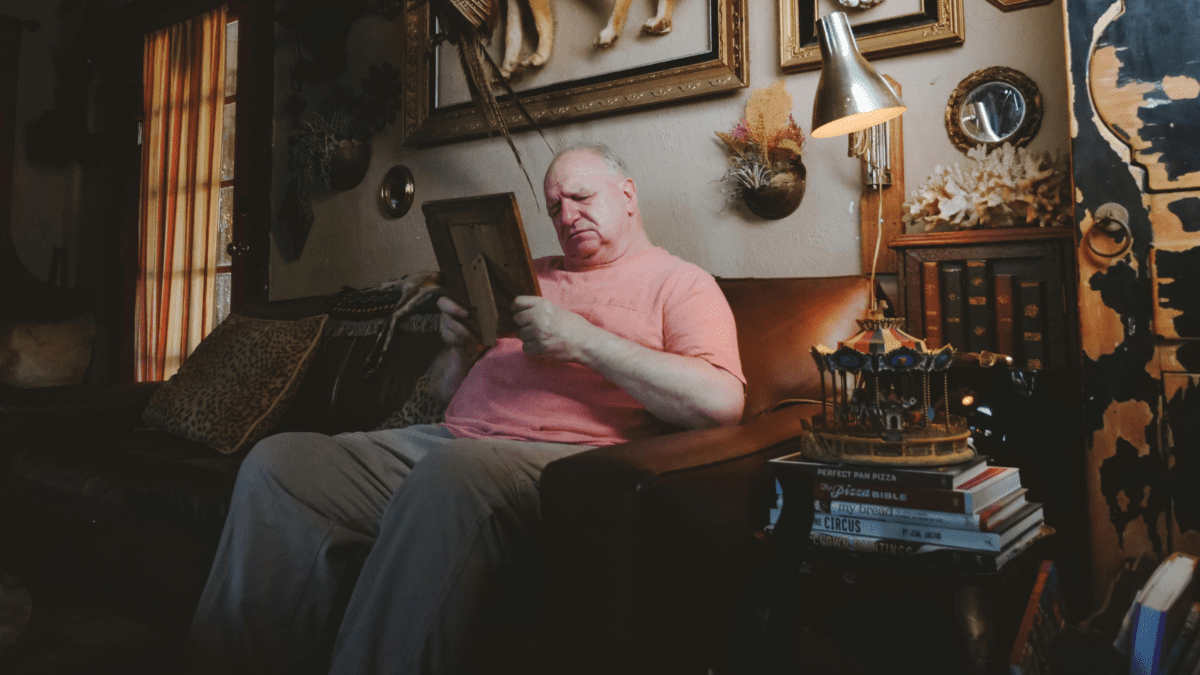Australia’s retail recovery could be marred by the Omicron variant
Just as Australia’s road to recovery continues to drive the economy out of the Corona-induced recession, it’s been marred by the continuation of international border restrictions due to the spread of the Omicron coronavirus variant.
The two sectors most at risk are the travel and hospitality industries, which are banking on a huge festive season this summer after being in lockdown restrictions for the last two years. The retail sector appeared well on the road to recovery following October’s 4.9% rise in retail spending. It was the strongest monthly rise in retail spending since Victoria’s first lockdown bounce back in November 2020.
Last weekend’s Black Friday-Cyber Monday discount sales have generated huge sales numbers in the US, albeit below expectations. ABC News says “sales for Black Friday 2021 actually dipped for the first time ever. Total sales reached $8.9 billion, which is down from 2020’s record-high revenue of $9 billion.” The dip is being blamed on product supply shortages due to the ongoing semiconductor supply constraints.
In Australia, a similar story is playing out. Dominique Lamb, the CEO of the National Retail Association, is expecting a “record $5.6 billion in sales across Australia on the four days from Black Friday to Cyber Monday.” According to buy-now, pay-later (BNPL) platform Klarna, “Australian users spent 298% more this Black Friday than on the same day in 2020, after a shopping bacchanal tipped to cost consumers some $5.5 billion.” One in six of all November retail sales purchases were done during the four-day period last year. While the full scope of sales numbers is yet to come through, NAB was anticipating similar numbers this year, which is a clear indication that the economy is recovering.
With markets dominated by Omicron uncertainty, it could result in the delay of further easing in restrictions. In a worst-case scenario, if the variant starts to spread quickly, additional measures could be introduced delaying the recently announced border re-openings and Australia’s economic recovery.
How will that affect the BNPL sector?
According to Klarna, “Millennials aged between 25 and 40 were most likely to use the BNPL outfit for their shopping needs, making 54% of Black Friday purchases made through the platform.” The BNPL sector is expected to take the lion’s share of revenue generated from the four days. The online sales revenue generated from the four-day retail bonanza will help provide Australian businesses with much needed revenue and strong sales momentum heading into Christmas.
Roughly 54% of Black Friday’s purchases, as represented by 15 ASX companies is a sizeable allocation. Sector leader Afterpay (ASX:APT) has a market value of $38.2bn, up from $19.8bn in August 2020. That makes the BNPL platform bigger than a combined Bendigo & Adelaide (ASX:BEN) and Bank of Queensland (ASX:BOQ).
The popularity of BNPL is a positive for the entire retail sector, providing credit to consumers to facilitate purchases from retailers, who then receive cashflow from sales guaranteed by the platform. According to Research and Markets, “The medium-to-long-term growth story of the BNPL industry in Australia remains strong. The BNPL payment adoption is expected to grow steadily over the forecast period, recording a compound annual growth rate (CAGR) of 24.0% during 2021-2028. The BNPL gross merchandise value (GMV) in the country will increase from US$ 7,354.4 million in 2020 to reach US$ 52,456.2 million by 2028.”
The two largest BNPL platforms in Australia are Afterpay (ASX:APT) and Zip (ASX:Z1P), which have 6 million accounts between them. Here are the ASX-listed BNPL companies (share prices as at 16 August 2021.)










